Embedding thread for weight loss can have a certain effect in local areas, but the effect varies from person to person and needs to be combined with personal physique and operating standards. Thread embedding for weight loss is a traditional Chinese medicine weight loss method that involves implanting absorbable protein threads into specific acupoints to stimulate their sustained effects, promote metabolism and fat breakdown. The effect is closely related to acupoint selection, personal constitution, and postoperative care.
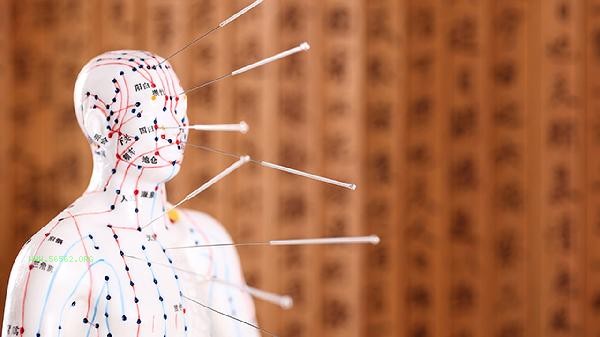
1. Principle and mechanism of action of thread embedding for weight loss
Thread embedding for weight loss involves implanting protein threads into acupoints, continuously stimulating the acupoints, and regulating endocrine and metabolic functions. Protein threads are gradually absorbed in the body, stimulating local tissues to produce mild inflammatory reactions, promoting fat breakdown and metabolism. This method is more effective in areas with high local fat accumulation such as the abdomen, thighs, and arms, but the effect may be limited for people with uniform distribution of body fat.
2. Factors that affect the effectiveness of thread embedding for weight loss
The effectiveness of thread embedding for weight loss is influenced by multiple factors. One is the selection of acupoints. Professional doctors choose acupoints based on personal constitution and fat distribution, which directly affects the effect. The second factor is personal constitution. People with faster metabolism and significant fat accumulation have better results. The third is postoperative care. After embedding the thread, attention should be paid to dietary control and appropriate exercise, avoiding overeating and prolonged sitting.
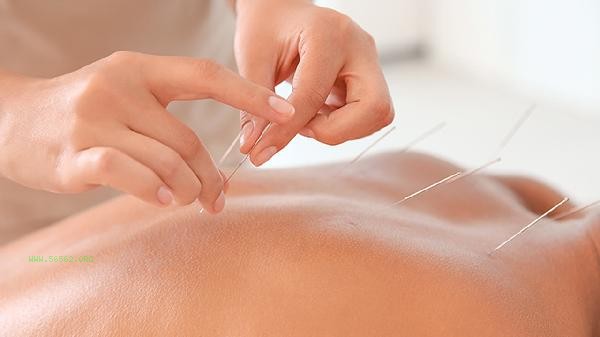
3. Operation and precautions for thread embedding weight loss
Thread embedding weight loss should be operated by professional doctors in formal medical institutions to ensure safety and effectiveness. A physical examination is required before operation to rule out contraindications. Mild swelling or pain may occur after surgery, which is a normal reaction, but if there is an infection or allergy, seek medical attention promptly. Postoperative diet should be mainly light, avoiding high sugar and high-fat foods, and combined with moderate exercise such as brisk walking, yoga, etc., to enhance the effect.
4. Limitations of thread embedding for weight loss
Thread embedding for weight loss is not omnipotent, its effectiveness is limited, and it requires multiple operations. For individuals with severe obesity or uniform distribution of body fat, the effect may not be significant. Thread embedding for weight loss is an auxiliary method that requires a combination of dietary control and exercise to achieve the desired effect. For people with obvious local fat accumulation and suitable physical condition, thread embedding for weight loss can be an option.
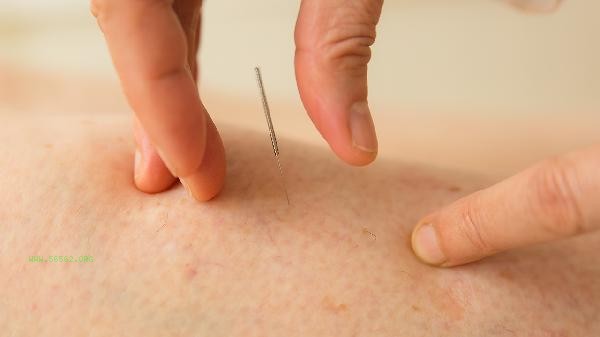
Thread embedding for weight loss can produce certain effects in local areas, but it needs to be combined with personal physical condition and postoperative care. Choosing a legitimate medical institution for operation, combined with dietary control and moderate exercise, can achieve the desired results. For people who are severely obese or have evenly distributed body fat, it is recommended to consult a doctor to choose a more suitable weight loss method.

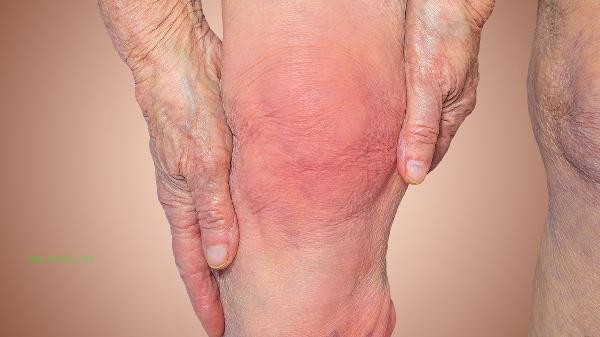
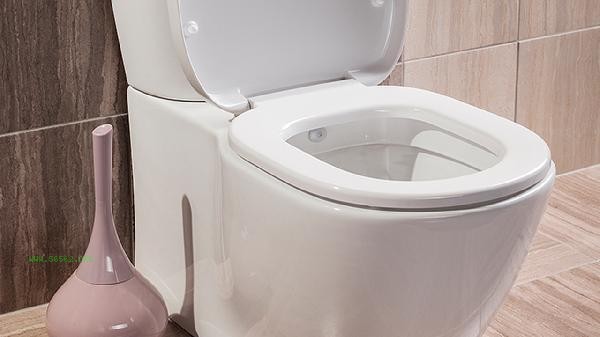
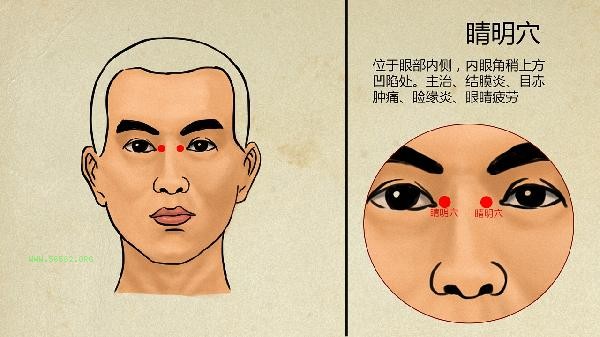
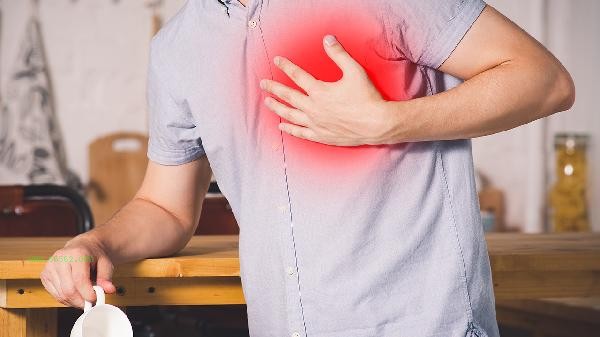
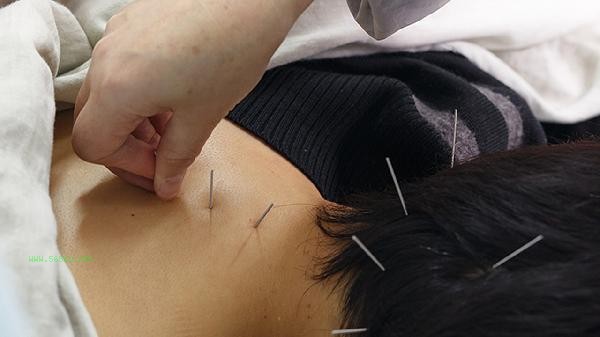


Comments (0)
Leave a Comment
No comments yet
Be the first to share your thoughts!